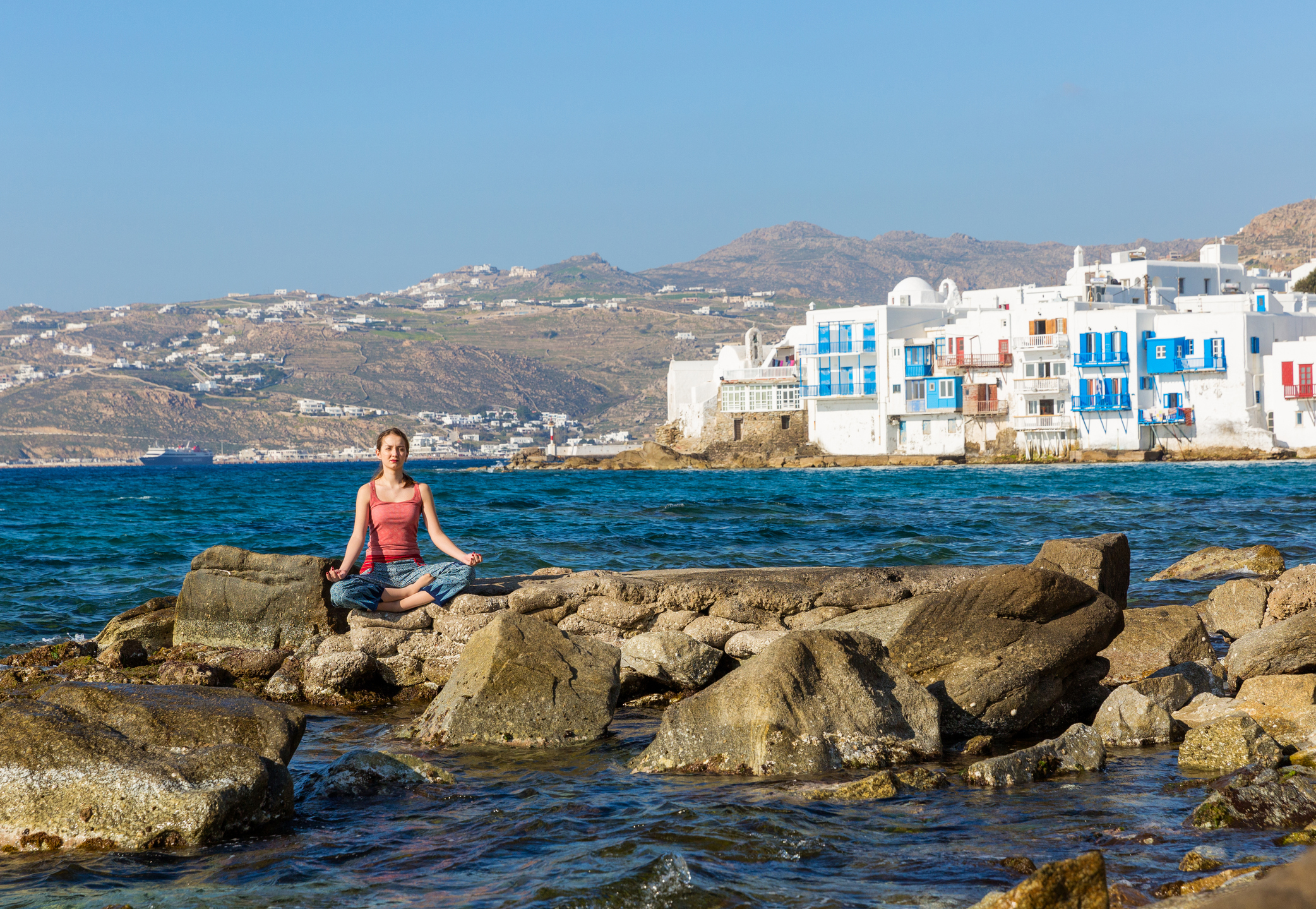

Discovering the Art of Slow Travel
Slow travel is becoming increasingly popular as a transforming method to see the globe in this fast-paced society. This way of thinking about travel advocates spending some time getting fully immersed in the local surroundings, customs, and culture. Slow travel prioritizes quality experiences over the number of attractions visited to foster a closer bond with the area. Travelers can relish every moment of the trip and make lifelong memories by living in the present.
Among the myriad of experiences that align with slow travel are the serene sleep tourism locations. These locations are intended to offer peaceful and revitalizing experiences, enhancing the slow travel philosophy by enabling visitors to stop and establish meaningful connections with their environment. The essence of slow travel is the immersive involvement with the local pace of life, which fosters a deep understanding of the area’s culture and people, even though these areas offer a unique component of the travel experience.
About Slow Travel
Engaging Deeply with Local Life
Traveling is the same as experiencing local life and customs in their truest form. Slow travelers may spend more time in one location than a quick tour of popular attractions, immersing themselves in the local way of life, picking up some local language, or participating in local activities. This method enhances the trip experience with depth and authenticity by enabling a deeper connection with the destination and providing insights into the customs and daily lives of the locals.
Positive Impacts of Slow Travel
Beyond just enhancing one’s life, slow travel positively affects the environment and local economies. Extended stays in one place allow visitors to reduce their carbon footprint and engage with the environment more sustainably. Local communities gain economically from tourists’ propensity to shop locally, eat at restaurants in the area, and buy handcrafted goods, all of which boost the regional economy and promote environmentally friendly travel strategies.
Starting Your Slow Travel Journey
A new outlook on travel is necessary when starting a slow adventure, emphasizing immersive experiences above lengthy excursions. A person’s comprehension and enjoyment of a place can be improved by choosing travel venues that provide a breadth of cultural experiences and permit more extended visits. The essence of leisurely travel is highlighted by the most genuine and enriching experiences that can arise from being open to impromptu and unplanned encounters.
This method establishes stronger relationships with regional people, customs, and environments, turning a routine travel experience into a meaningful voyage of self-discovery and development. Thus, slow travel improves the traveler’s experience and encourages a more responsible and sustainable type of tourism that is advantageous to both the host community and the traveler.
Conclusion
Slow travel is a manner of seeing the world that promotes awareness, understanding, and connection rather than just a way of traveling. It encourages visitors to take their time, connect fully, and enjoy the subtle beauty of their trip locations. Adopting the concept of slow travel can help people have more rewarding travel experiences, support the sustainability of the places they visit, and promote a stronger sense of respect and kinship among people everywhere.
_____
This story is brought to you in partnership with Faye.
The post Discovering the Art of Slow Travel appeared first on Go Backpacking.
Get the latest adventure and outdoor updates delivered straight to your inbox by subscribing to our magazine category today. Stay informed and ahead of the game with Subscrb.
The content on this website has been curated from various sources and is for informational purposes only. We do not claim ownership of any of the content posted here, all rights belong to their respective authors. While we make every effort to ensure that the information is accurate and up-to-date, we cannot guarantee its completeness or accuracy. Any opinions or views expressed on this website are solely those of the original authors and do not necessarily represent our own. We do not endorse or take responsibility for the content or actions of external websites or individuals linked from this website. Any reliance on the information provided on this website is done at your own risk. Please note that this article was originally seen on the source website Go Backpacking, by the author Guest Blogger











